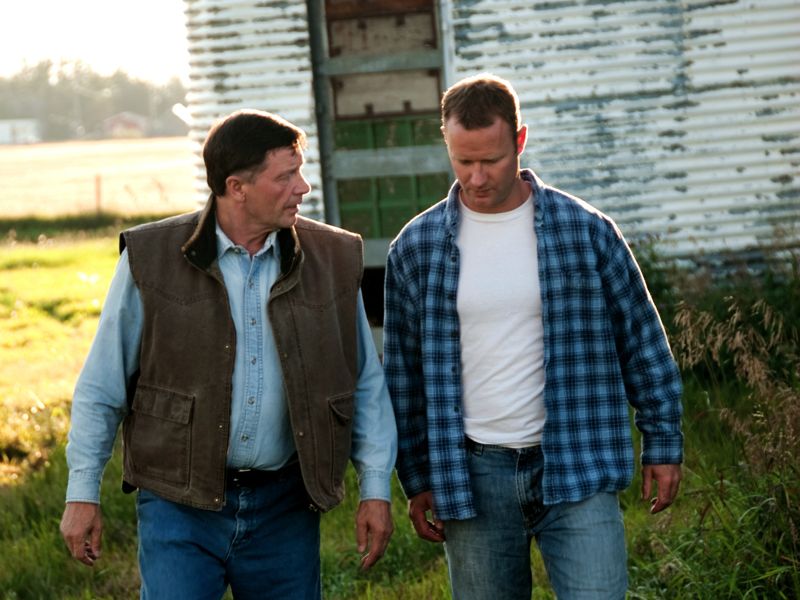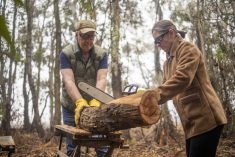This is the final part of our series on succession. We’ve looked back over the last 10 years identifying successes and messes that we’ve witnessed in business transitions. From here we developed an extensive list of reasons why those transitions were successful or what caused them to go off the rails. We grouped this list into categories and eventually we ended up with five key areas that captured our list. None of these five key components operate independently of other areas within a successful business transition. We liken a successful business transition to an operating planetary gear.
Read Also

Gentle treatments for pain in the neck
Heading toward year-end, people unknowingly tense up against the cold and busyness, causing neck pain that can often be treated with appropriate support and gentle mobility, athletic therapist Kathlyn Hossack says.
The final gear we want to examine closely for any signs of wear is the communication gear. George Bernard Shaw, playwright and co-founder of the London School of Economics, once said: “The single biggest problem in communication is the illusion that it has taken place.” — George Bernard Shaw.
Managers involved in successful transitions do not take effective communication for granted. Successful management sees it as the ring gear that keeps all of the other gears turning in unison.
Effective communication requires buy-in from the entire operational team. A strong culture of communication within any business is: organized, purposeful, scheduled, respectful, non-assuming, inclusive and high level.
- More Grainews: Success or mess?
Finding common ground
Whenever there are two parties in a dispute or disagreement, the first step is to find common ground. Initially, both parties will focus on their positions. But they need to understand the underlying interest of the other party to find the common ground between them. How can they do that? Let’s look at an example.
Father says, “No Roundup this year on the wheat. We don’t want poor germination and were not gonna kill more people with chemical.” Sonny Boy is immediately angry and his reply is, “I wonder if three liters will dry the kochia down quicker?”
First, let’s look at their interests. Father loves harvest. He loves combining with his 7810 and pull type 7721. There’s no GPS in the cab and he can smoke in there. It’s peaceful and he can just follow the swath all day long. Sonny Boy wants to ensure viability of the farm. He’s looking for cost effective solutions, clean fields and fewer passes.
The common ground is that they both love farming. The son wants to be able to continue farming as a business; the father wants to be able to continue for fun. Turning to common ground may help them reach a solution.
Intent, action and effect
A conflict often arises from the effect of a specific action. If the action prompts retaliation, a downward spiral begins. Sometimes, there were no negative intentions behind the initial action.
We worked with a small dairy operation where the son had made an offer to purchase his father’s farm. This should have been a day of great celebration. Instead, the offer resulted in a heated argument about responsibility and respect.
Let’s look at this situation using the intent, action and effect model.
The son’s intent was to take pressure off his father and let him relax, retire and enjoy money in the bank. The son’s action was to make an offer to purchase the farm.
The effect on Dad was huge stress. He worried about his son losing the farm, and also about the potential loss of his own identity.
Naming the components in the model removes the emotion and lets real discussion begin.
Understand some of the basic concepts of mediation allows you to look at an action and question the underlying intent, rather than jump to worrying about the affect.
That’s our vision of how the most important components of succession need to work together. Succession planning is about managing and mitigating the risks involved with making all of these gears turn. The power of a planetary is tremendous and, like succession planning, if it’s working correctly nobody looking in from the outside even knows it’s there!
This article first appeared in the July 22, 2014 issue of Grainews















